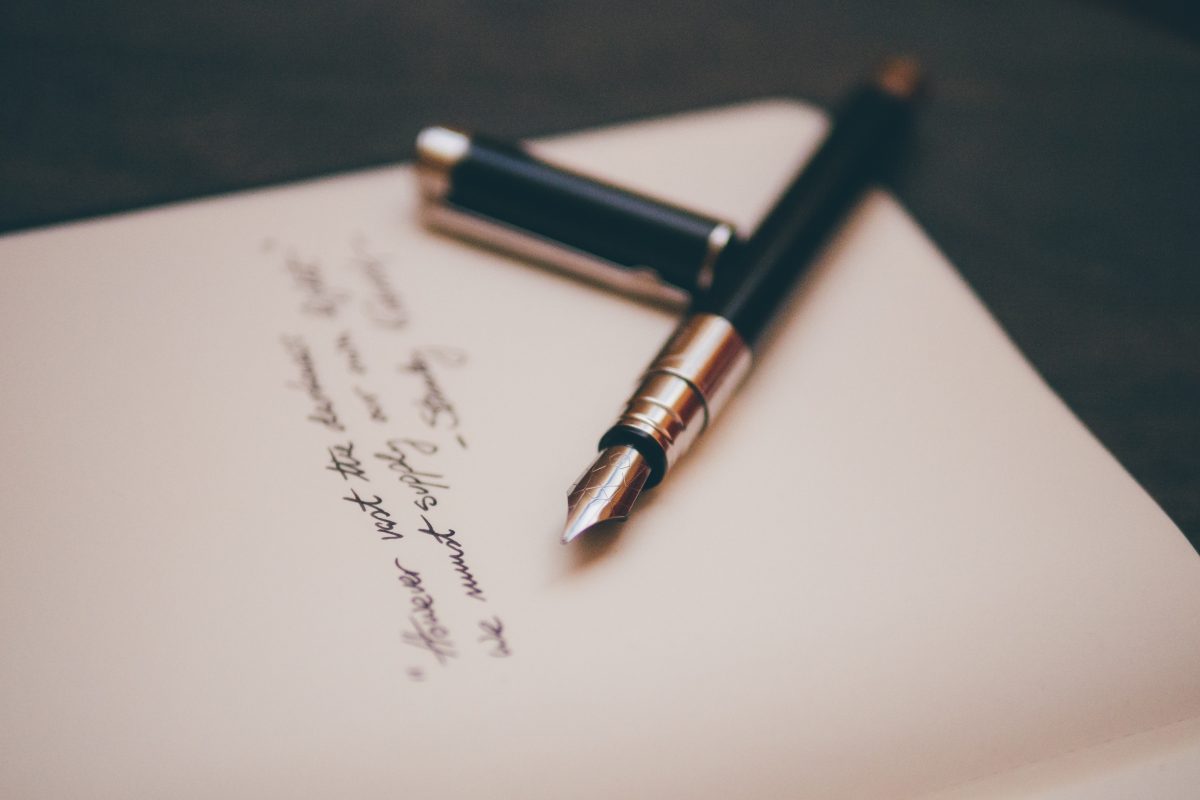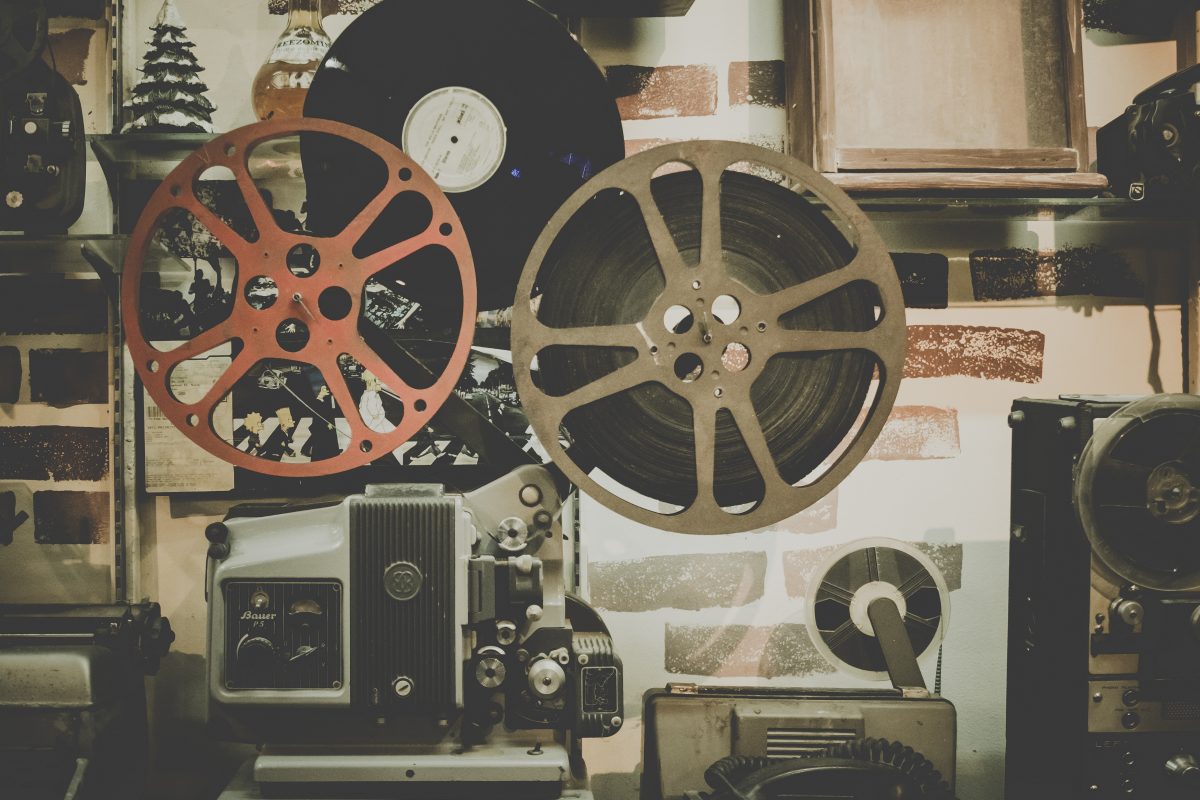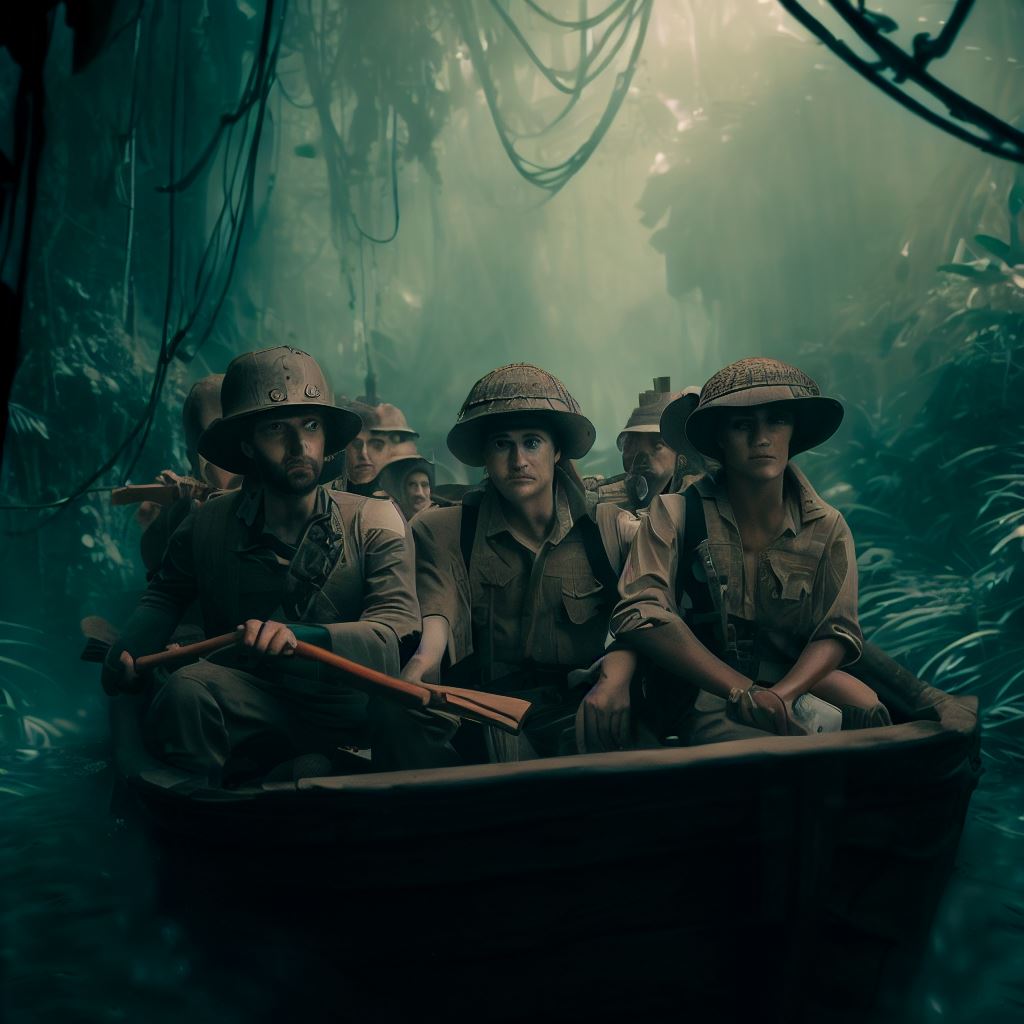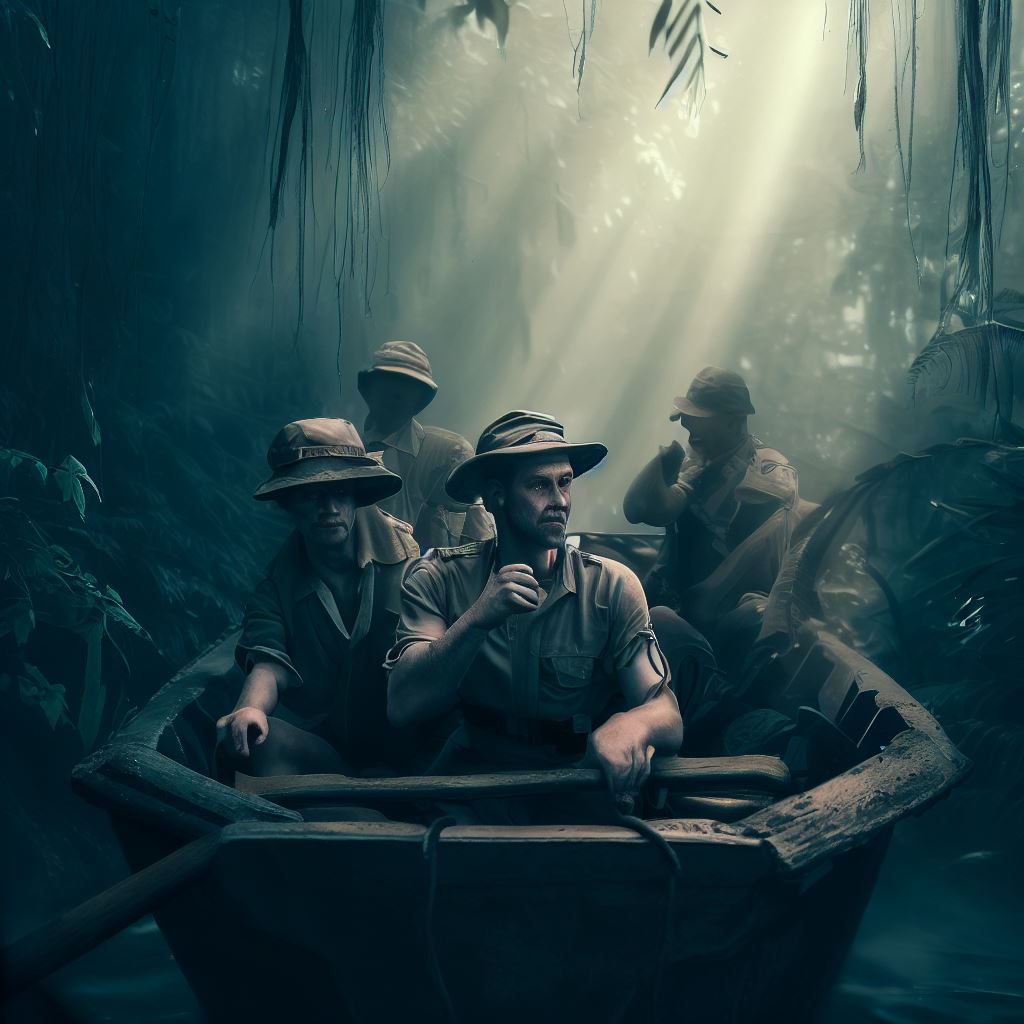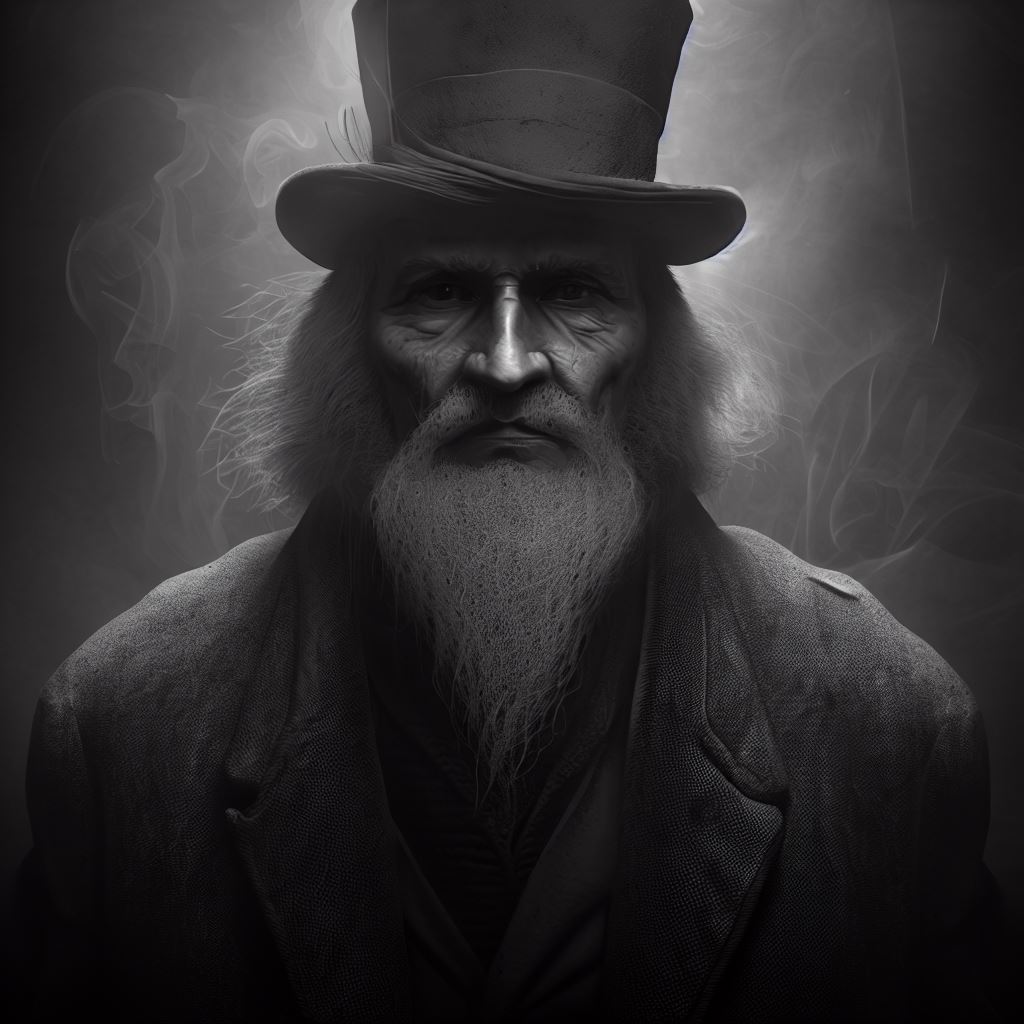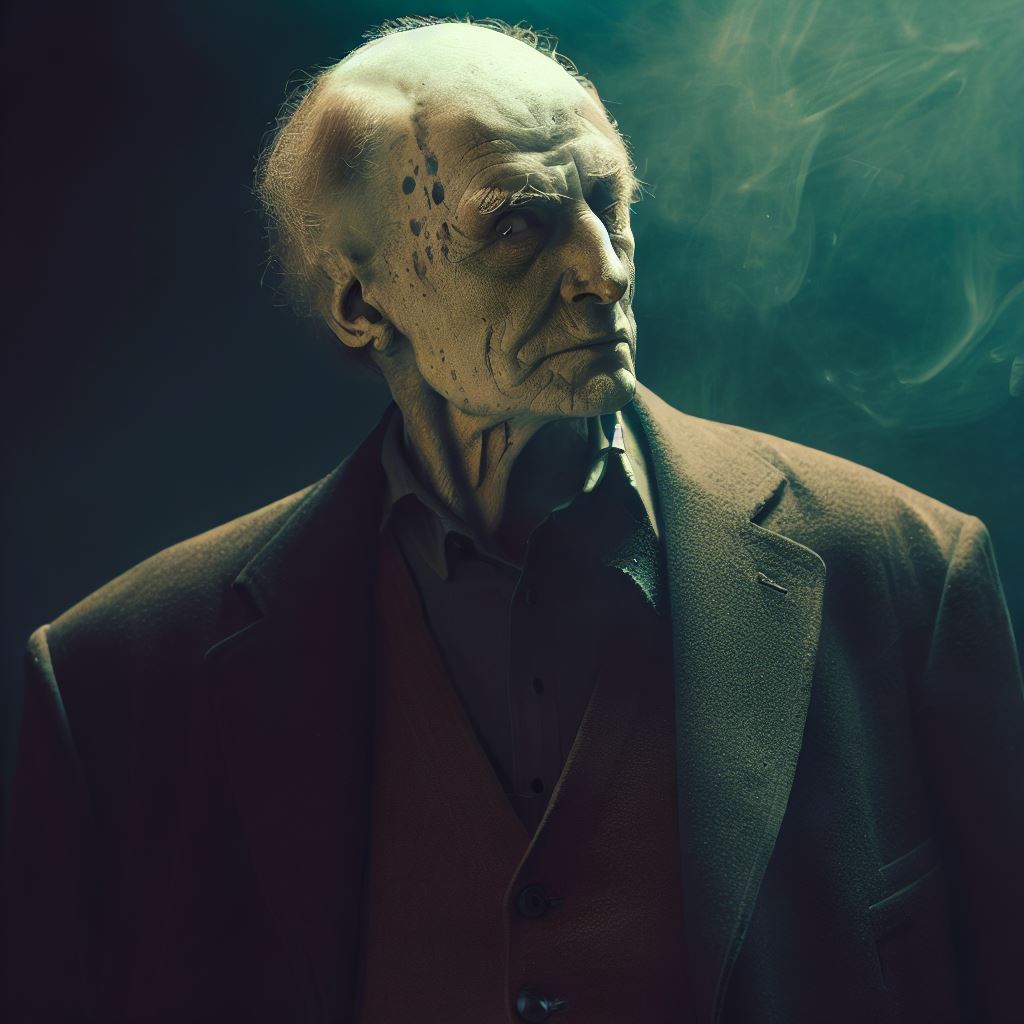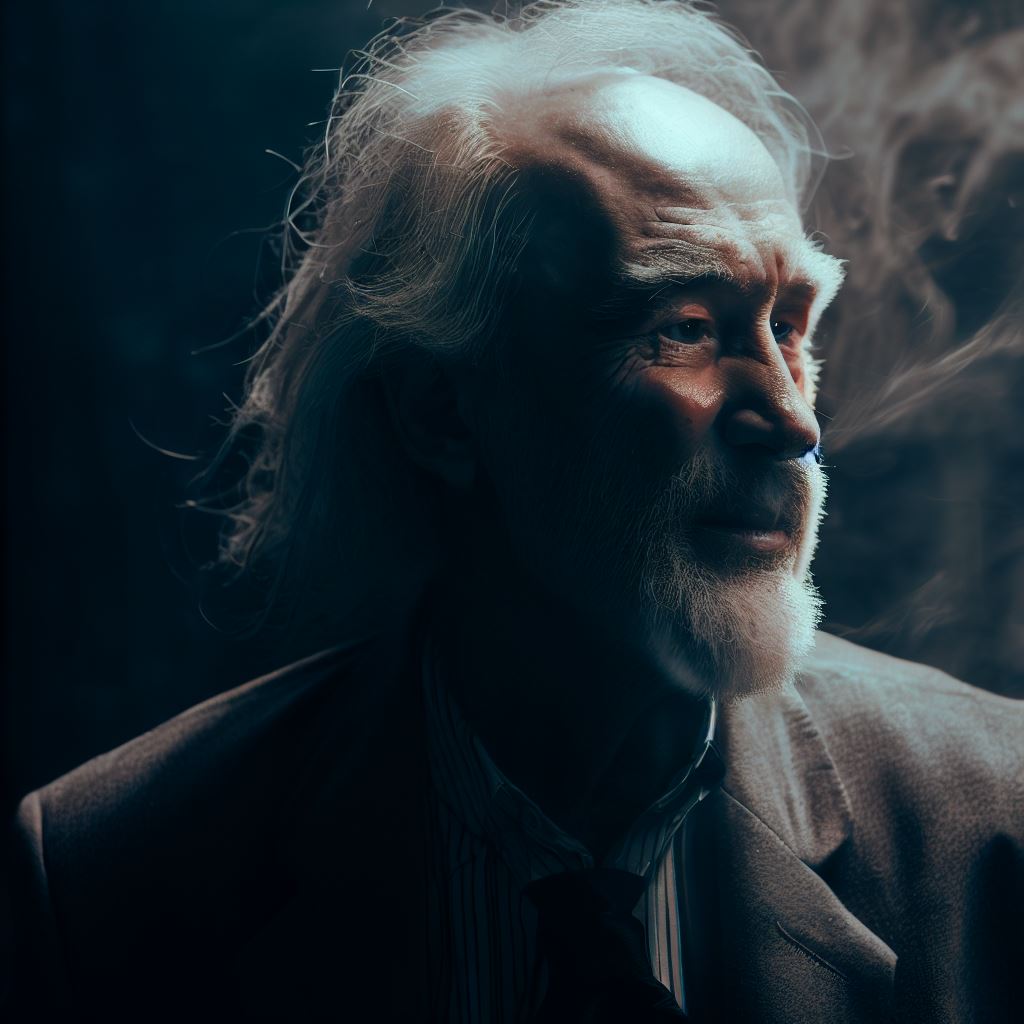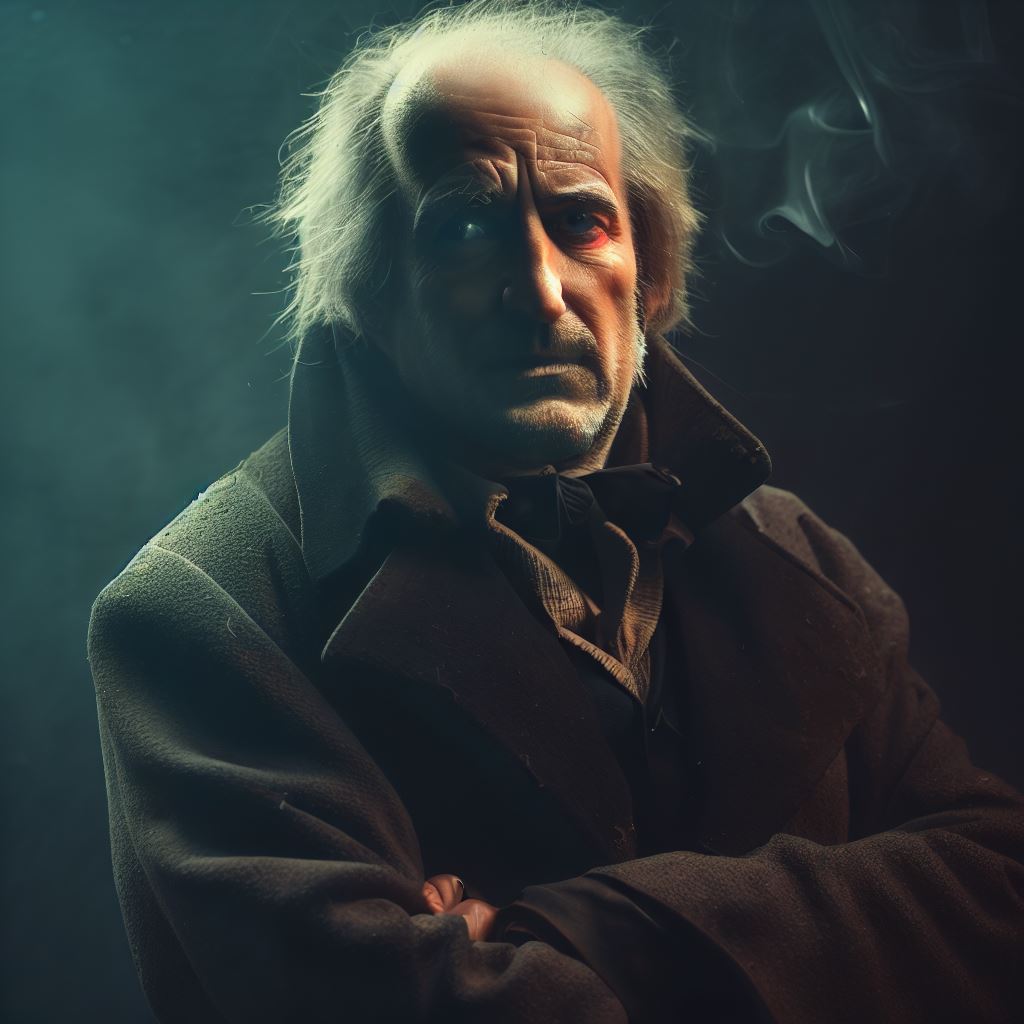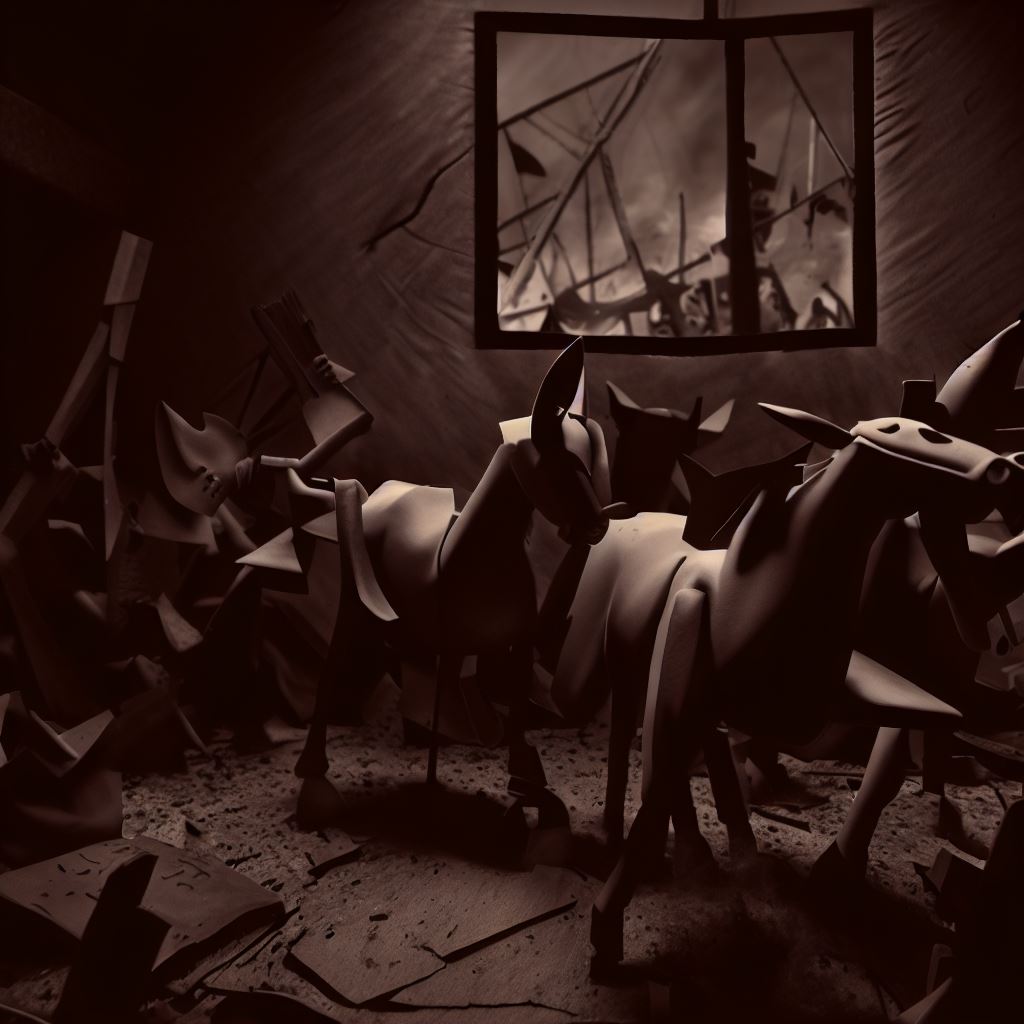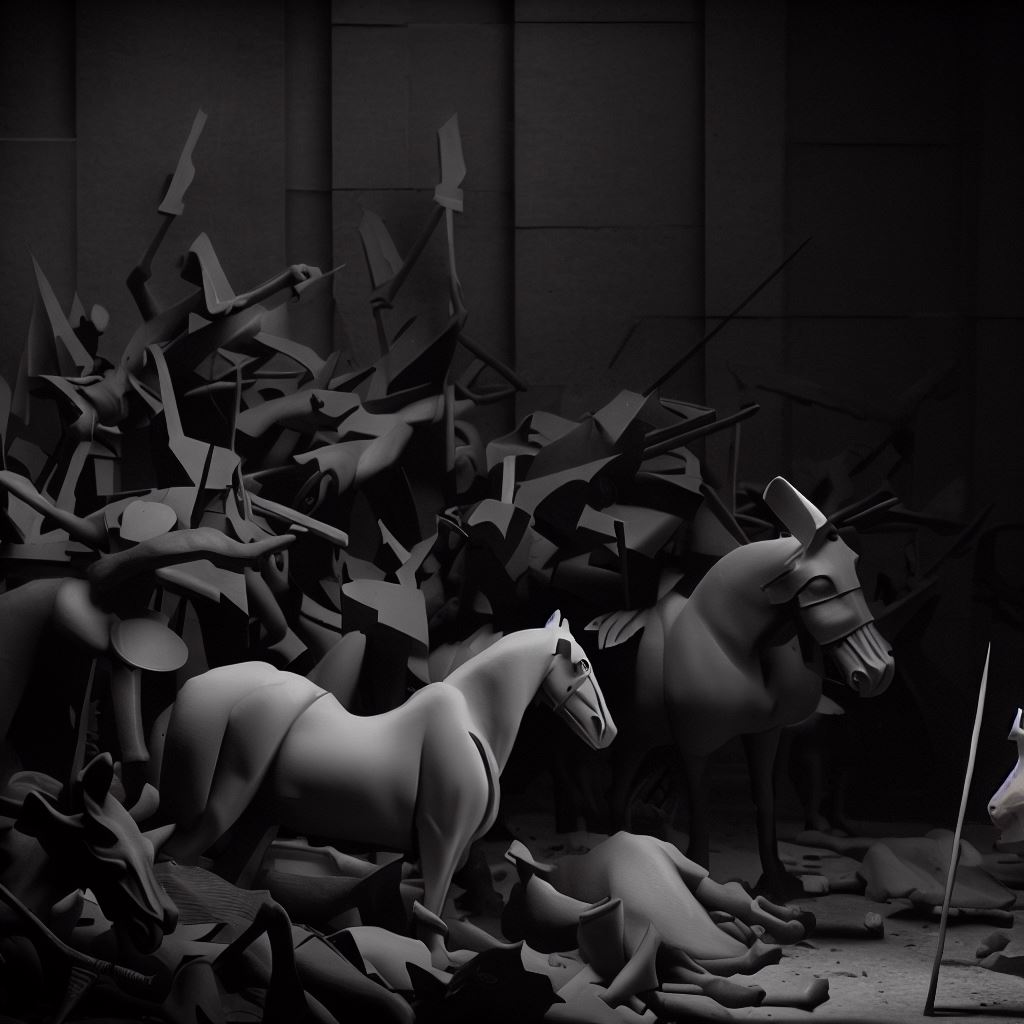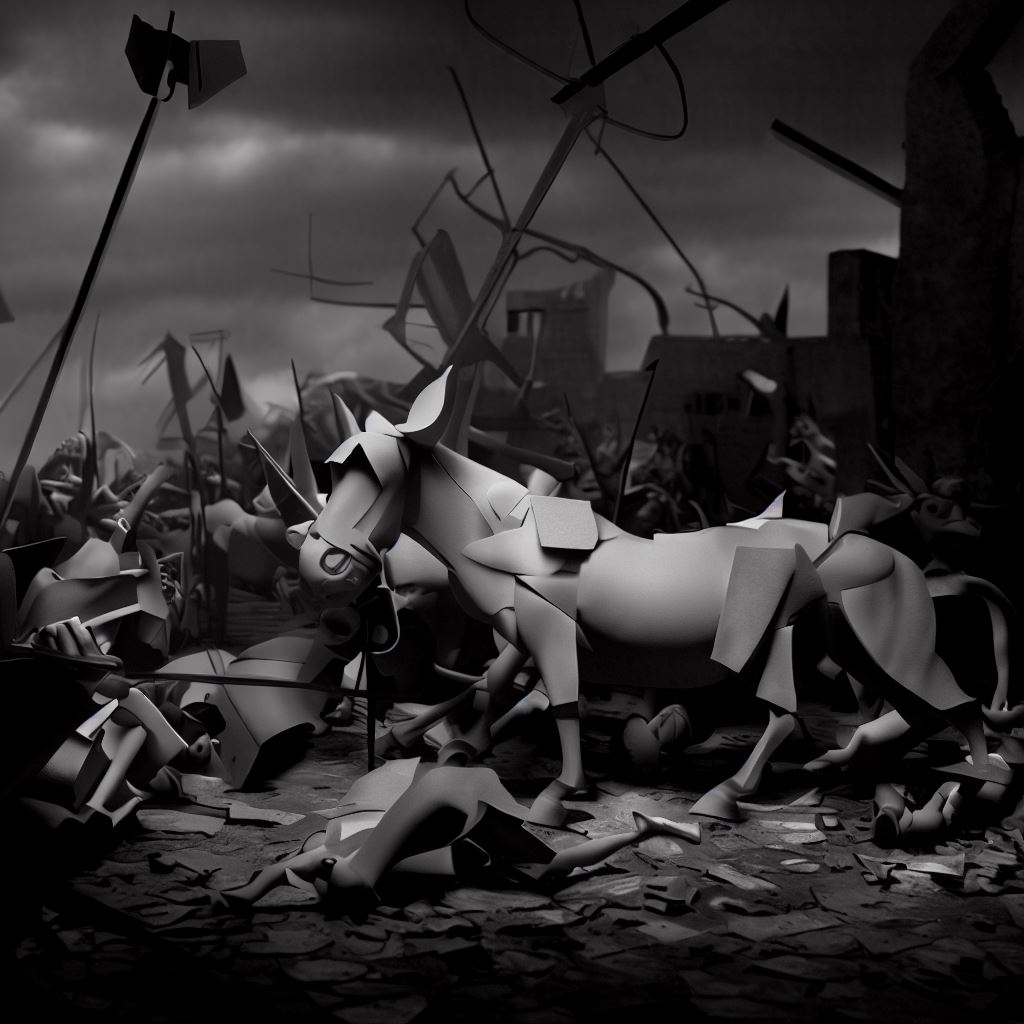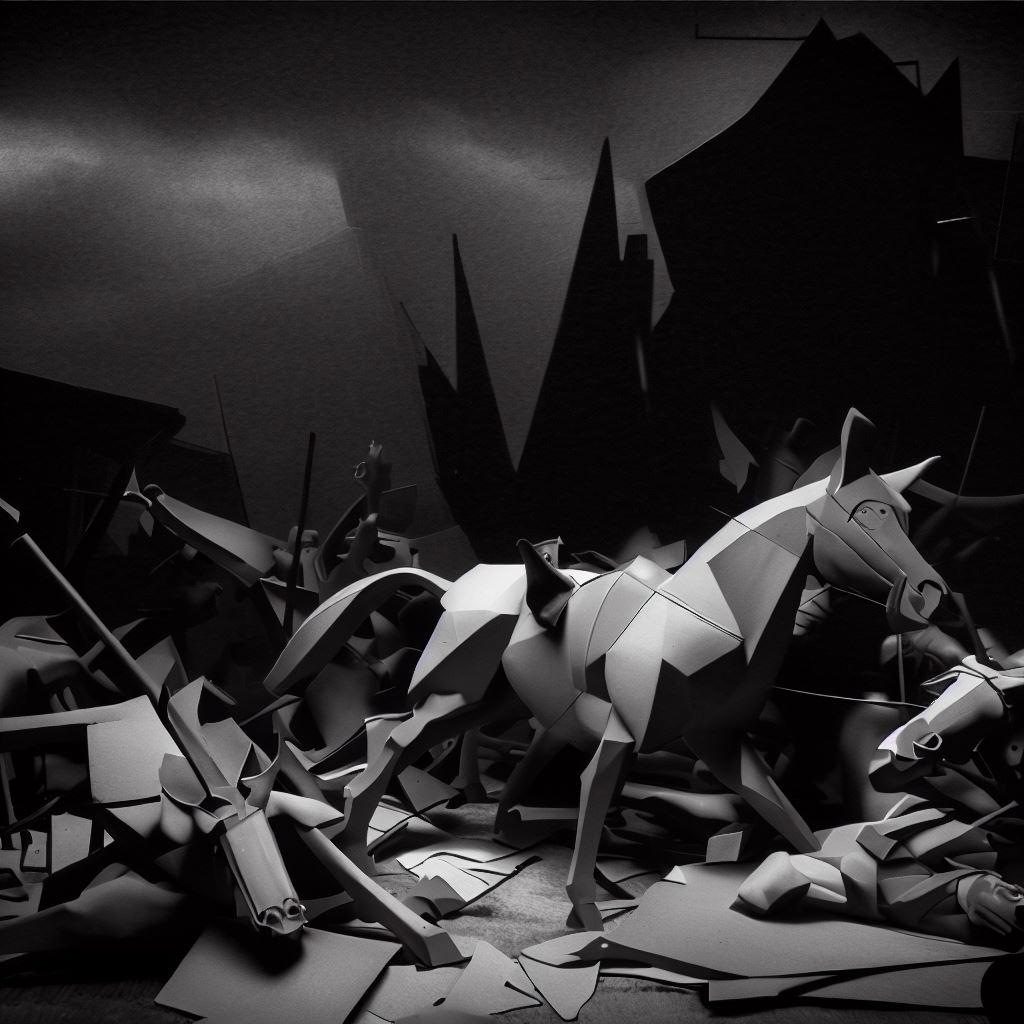Over the past year, I’ve used ChatGPT almost every day of my life to help boost my productivity and surmount any impasse I face with creativity. Through deep learning and natural language processing, AI muster a vast amount of data, enabling it to recognize patterns of words and convey information like a human. In today’s blog, I aim to put AI tools to the test in the realm of poetry — a discipline intricate for most of us as it combines the conveyance of one’s feelings with inventive rhymes and figurative language (Donovan, 2022).
For this test, I used DeepAI’s tool named AI Poet. I entered the prompt “Short poem about Grief” and got the following outcome:
“Tears fall down like rain,
My heart aches with such pain,
Grief grips me with its hold,
Memories of you never grow old.
I miss you every day,
In every single way,
My soul will forever weep,
With every memory I keep.”
Upon reading the poem, it is noticed that most elements of what constitute a poem are present, which gives the real sensation of reading a poem written by someone who suffered from the loss of a loved one. However, this has been written by machine, which would be misleading for the person reading without knowing, as those emotions so-called “endured” are not real.
This raises a plethora of questions about the nature of poetry written by AI. Could we truly consider an AI as a poet, although it is completely devoid of emotions? Can a text still be considered a poem if it was written by a machine? And most importantly: What becomes the real meaning of poetry if used with AI?
Although it can be disconcerting that a machine is currently mimicking human creativity convincingly within a few seconds, it still lacks this inner conscience that would make an AI replace humans in the art domain, and most specifically the poetry field. That paramount attribute that makes poetry poetry, and conveys what the human heart feels (Holyoak, 2022).
In conclusion, as in other fields, instead of thinking of AI as a threat that would come to replace humans, maybe taking another perspective could be beneficial. Just like in chess, poets could use AI tools to enhance their creativity, propose things that were never done with poetry, and expand the horizon of creativity.
Bibliography:
Donovan, M. (2022). What is Poetry? | Writing Forward. Writing Forward | Creative Writing Tips and Ideas. https://www.writingforward.com/poetry-writing/what-is-poetry
Holyoak, K. H. (2022, December 7). Can AI write authentic poetry? The MIT Press Reader. https://thereader.mitpress.mit.edu/can-ai-write-authentic-poetry/
